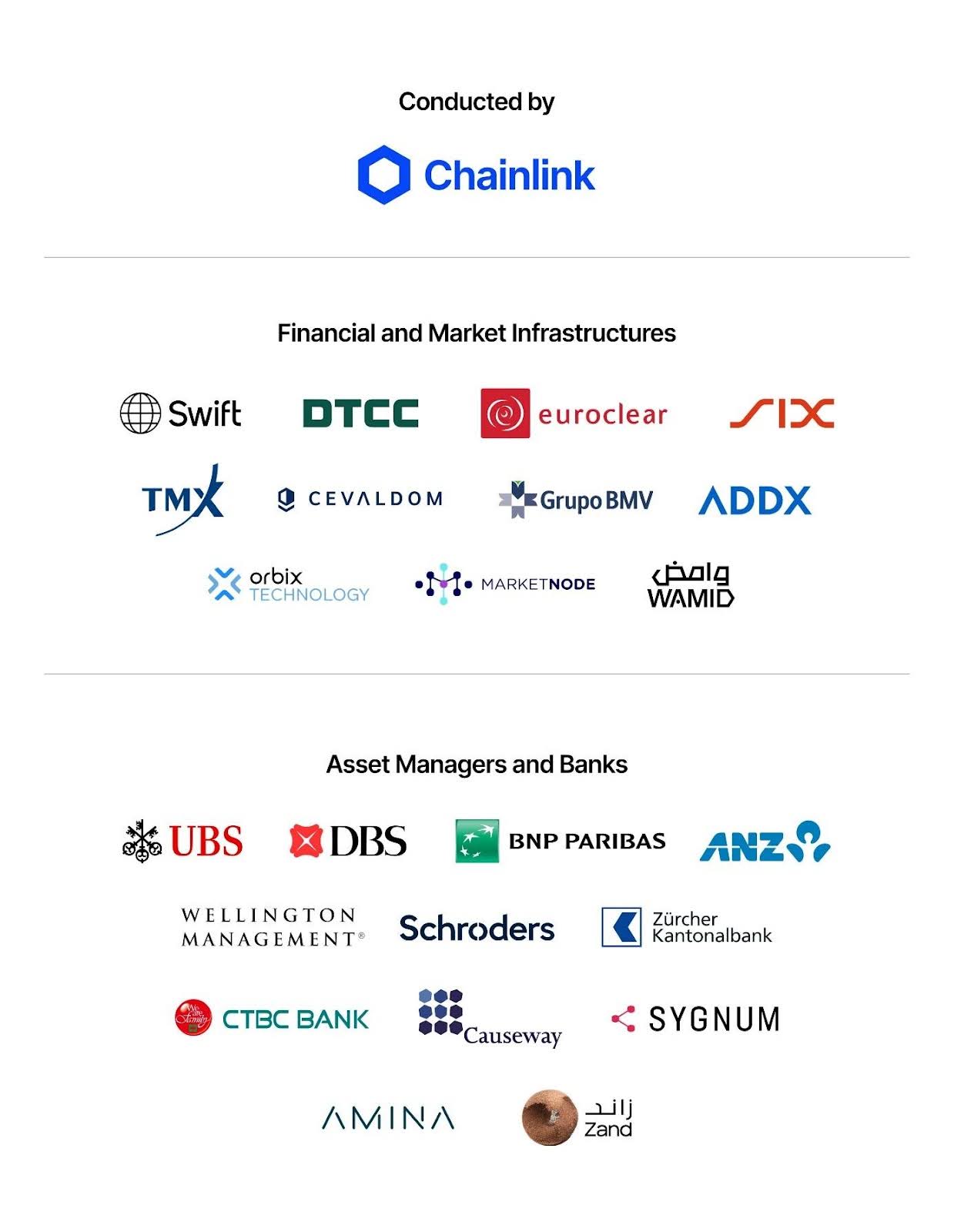
Decentralized exchanges (DEXs) are steadily gaining popularity among retail traders and quantitative strategies, challenging the dominance of traditional centralized platforms. As innovations like Hyperliquid push the boundaries of on-chain trading speed and transparency, the landscape of crypto markets is evolving rapidly, with both sectors fueling a competitive yet potentially complementary future for crypto trading.
DEXs strive to match centralized exchange speeds while maintaining transparency
Hyperliquid, one of the leading decentralized perpetual DEXs, operates on a proprietary chain with an onchain central limit order book. According to Elkaleh, every trade, order cancellation, and fill is fully auditable, providing a level of transparency that appeals to traders seeking onchain security combined with high performance. The platform boasts sub-second trade finality without imposing per-trade gas fees, offering CEX-like speed with self-custody benefits.
As DEXs improve their onchain infrastructure, competition intensifies. Notably, Aster on BNB Chain has surged in volume, driven by aggressive incentive campaigns. In the past day, Aster recorded around $47 billion in perpetual trading volume, surpassing Hyperliquid’s $17 billion, according to data from DefiLlama.
The momentum is also growing in BNB- and Solana-based DEXs. Protocols like Drift and Jupiter Perps are gaining traction on these ecosystems, which benefit from rapid settlement times, user-friendly onboarding, and attractive incentives. These developments point to a broader trend of innovative Layer 1 ecosystems fostering robust decentralized derivatives markets.
Nevertheless, concerns over decentralization and security persist. Elkaleh highlighted risks such as validator centralization, oracle failures, potential exploits of upgrade keys, and vulnerabilities in bridges used for asset transfer between chains. Maintaining reliable liquidation mechanisms during volatile market swings remains a significant challenge for DEX operators.
Recently, Aster reimbursed traders affected by a glitch in its Plasma (XPL) perpetual market, caused by a hard-coded index error that temporarily inflated prices to nearly $4. The incident resulted in unexpected liquidations and fees, illustrating the importance of rigorous risk management in high-speed DeFi markets.
Balancing the future: DEXs and CEXs working hand in hand
Looking forward, Elkaleh believes that a zero-sum scenario is unlikely. While decentralized exchanges are poised to become the primary trading infrastructure for crypto-native assets, centralized exchanges will continue to play a crucial role in fiat onboarding and liquidity provision.
He envisions a future where hybrid models, combining the strengths of both DEXs and CEXs, will emerge, fostering a resilient and interconnected ecosystem. This collaborative approach, rather than displacement, could accelerate the evolution of crypto markets over the next decade.
This article was originally published as Retail and Quants Fuel DEX Growth as Institutions Prefer CEXs on Crypto Breaking News – your trusted source for crypto news, Bitcoin news, and blockchain updates.


 3 weeks ago
20
3 weeks ago
20 










 Bengali (Bangladesh) ·
Bengali (Bangladesh) ·  English (United States) ·
English (United States) ·